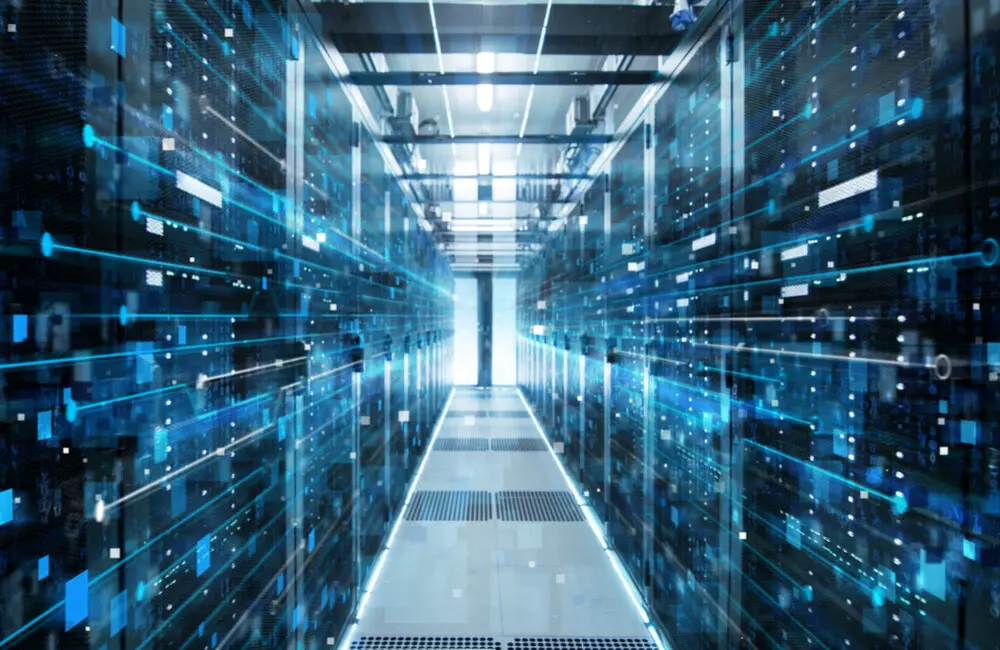Insights from the Girard School of Business and the School of Science and Engineering
While the lines between the two careers can blur, business analysts and data scientists typically work different types of jobs. Analysts focus on finding ways to make use of data-driven decisions to improve business results, while data scientists create software tools needed to extract meaningful information from vast data sets.
That, of course, is a simplification of two complex and growing career fields. For example, many data scientists do exactly the sort of analysis done by business analysts. Many initiate their own projects, helping organizations focus on areas where data can help.
But while both jobs may prove difficult to define, they both offer great opportunities for those who seek a graduate degree in the field. So what is the difference between data science and business analytics? Here’s an overview of both.
Working in Business Analytics
Business analysts focus on using information gleaned from data to make an organization run more efficiently and to produce better profits. Those who hold this job have a unique blend of skills in data and business strategy.
Another way to think of it: a business analyst learns in detail how a business operates, then comes up with possibilities for what it could do in the future. They get input from leaders and others in the organization about where they want the business to go, then develop data-driven recommendations on how to get there.
Business analysts work at “bridging the gap between IT and the business,” according to CIO magazine. They are often considered agents of change within an organization.
Business analysts need strong technical skills in the application of statistical models, machine learning and data visualization, among other areas. Communication skills are also important in sharing findings from data with executives, managers, and other members of the analytics team.
A typical situation for those who work in business analytics would involve a directive from executives to explain a sudden change in business – either big growth or a drop. They also work with marketing departments, gleaning useful information from consumer data that can be used to create targeted campaigns.
Working in Data Science
In their book “Doing Data Science,” authors Cathy O’Neill and Rachel Data begin by writing at length about how difficult it is to come up with one simple definition of data science. The job can vary depending on where you work and the nature of the data.
However, they eventually write that a data scientist “is someone who knows how to extract meaning from and interpret data, which requires both tools and methods from statistics and machine learning, as well as being human.”
Doing the job requires skills in computer science, math, statistics, machine learning, and data visualization. Communication skills also rank highly – again, for the simple reason that people can’t extract meaning from your findings without you having the ability to explain it to them in terms they understand.
Organizations often give data scientists open-ended challenges that they attempt to resolve using advanced data techniques. They often write new algorithms themselves for machine learning models.
Data scientists may also use machine learning to analysis potential future events based on various options that organizational leaders could choose.
The profession attracts a wide variety of people. In the book, Schutt writes that she expected statisticians, computer scientists and applied mathematicians to show up to the university class she designed called “Intro to Data Science.” People from those fields did show up. But so did journalists, sociologists, political scientists, and biomedical informatics students. It’s a field for people who want to understand how data can solve some of the most pressing issues we face.
Both data science and business analytics offer great challenges and opportunities for professionals. Either career puts you on the cutting edge of the latest strategies in the business world.
